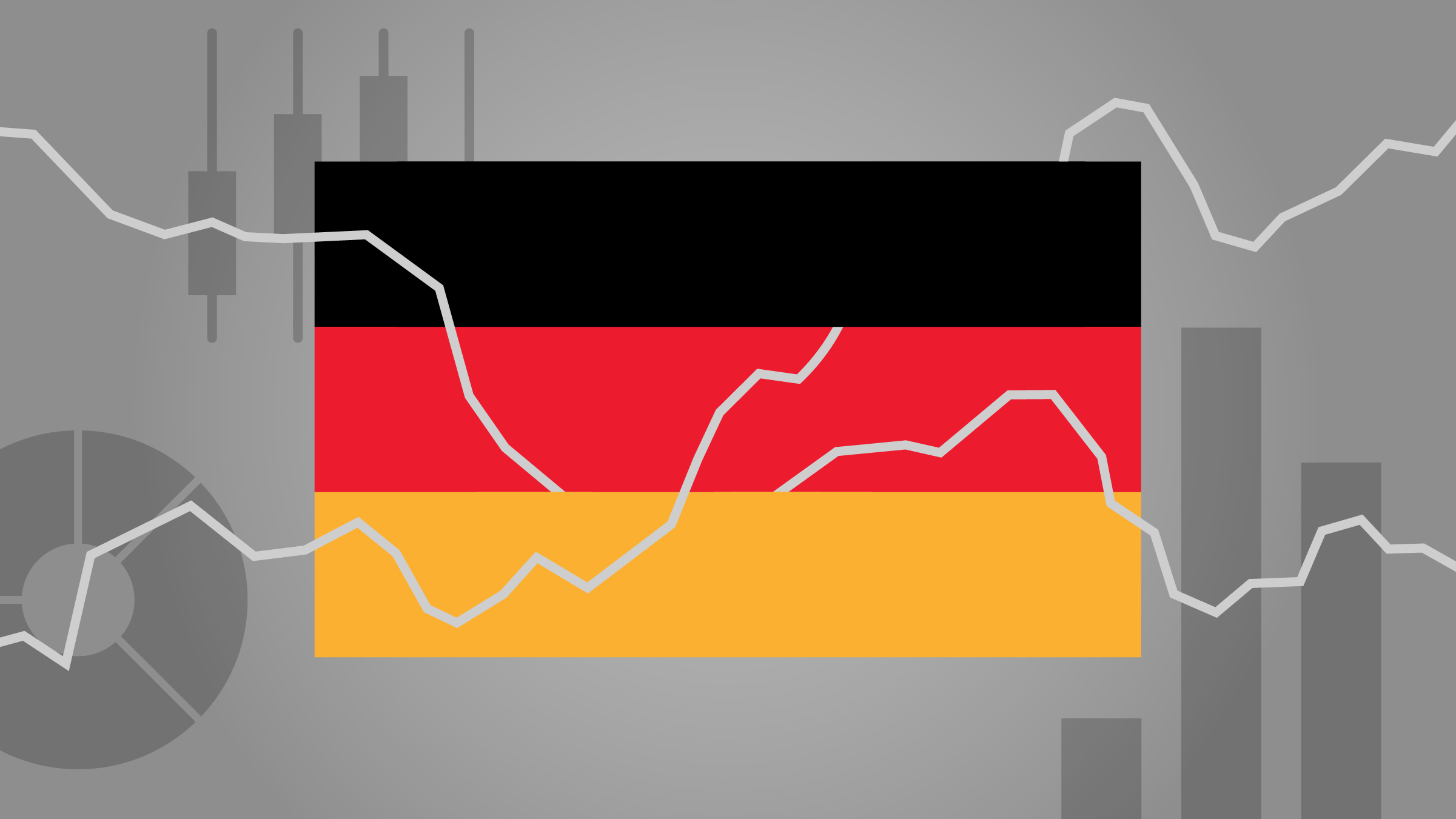Michael Hasenstab, manager of Templeton Global Bond and Morningstar US's Fixed Income Fund Manager of 2010, discusses the substantial flight of assets to his fund in the past two years and how the fund's strategy has accommodated it. "It hasn't been too big of an issue, given that we tend to take a long-term approach to our investment," he says. Hasenstab points to an increasing amount of available fixed income products from emerging markets, but warns that investors need to have a long-term horizon.
This is the third and final part of an interview Michael Hasenstab gave to Morningstar. In previous parts he discussed key global plays for a rising interest rates environment and why his fund looks beyond the EU, US and Japan for opportunities.
Miriam Sjoblom: Your own fund, Templeton Global Bond, has received a tremendous amount of inflows over the past two years. It's currently above $45 billion, and that's more than quadruple the size it was two years ago. What have been the challenges of managing this asset growth, and if it hasn't been challenging, why is that?
Michael Hasenstab: It hasn't been too big of an issue, given that we tend to take a long-term approach to our investment. So we're not short-term traders. The turnover of the strategy is quite low. We take a strategic view on a country, and we may hold that for three years, and additionally we're focusing on currency markets, government bond markets, sovereign credit markets. So it's the most liquid of the global markets is where we're focusing in. So it hasn't been a challenge for us so far.
Sjoblom: Is there a certain size that you would think it would become a challenge?
Hasenstab: It's more dynamic. We watch it quite closely, and we would take action if it were to become a problem, but the good news is that these markets continue to develop. So recently China, for example, is starting to issue Yuan-denominated bonds that foreigners can buy, and you think about the potential market opportunities, if China continues to open.
India recently expanded their quota allowing more foreign participation. So despite some of these capital controls, the underlying trend seems to be more capital opening, and this will provide us with additional opportunities going forward. So one of the reasons, we've been able to deploy this increasing asset size is more and more countries are developing their capital markets and providing us with assets to buy.
Sjoblom: One thing we've just noticed at Morningstar is whenever a bunch of new investors come into a fund, they tend to chase good performance, and when the times get tough they tend to leave. What do you think is the most important thing for new investors in your fund to understand to be successful in it for the long term?
Hasenstab: I think, the number-one issue is that investors need to have a long horizon. Because we're investing with a long horizon, it only is appropriate that the clients have the same kind of investment thesis. So there will be volatility. Any given year, there will be a couple of months or a quarter or a couple of quarters, where you see short-term contagion risks or volatility. It has happened almost every year, since I've been working on this strategy. So investors need to be ready for that, but view that as an opportunity. If you have a three- or five-year horizon, and you're looking at this as a strategic allocation to diversify your fixed income, to internationalise your fixed income, then you can use those periods of volatility to add or accumulate your position. But if you're just targeting a three- or six-month window, it's probably not an appropriate strategy.
Sjoblom: Great. Michael, thank you for taking the time to talk with us today, and congratulations again.
Hasenstab: My pleasure. Thank you very much.
























